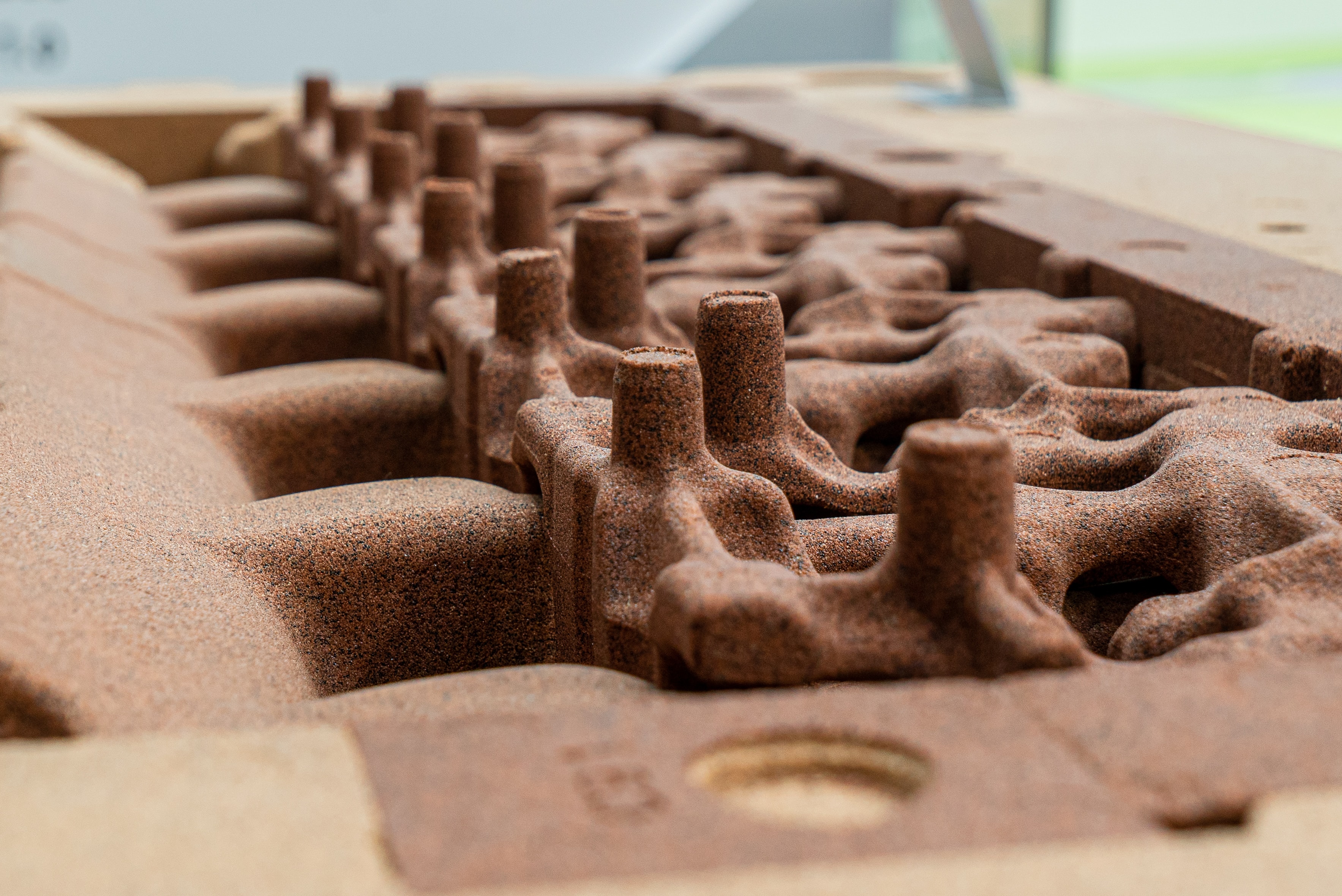

The result of centuries of improvement is that sand casting is the foremost versatile, and likely the foremost broadly utilized, metal casting method.
Laser cutting is now one of the most commonly used manufacturing processes throughout the world. You can find this utilised in the engineering, electronics, automotive and aerospace industries. .
Product fabricated utilizing sand casting use methods that deliver molded parts of about any plan, counting exceptionally large parts and those with internal passageways.
The process of sand casting consists of 5 essential steps:
1. Producing The Pattern
The process utilizes a reusable pattern with the same details as the desired finished part. Patterns are made of many different materials such as wood, metal, synthetics, expandable polystyrene (EPS), and others depending on needed volume and tolerance.
2. Creating The Mold
Sand is formed around the pattern, who resists high temperature The material must be strong enough to hold the weight of the molten metal during casting. The mold may be made by machining the specified formed depth specifically into a block of sand. A refractory coating is added to provide a better surface finish and protect the mold from the turbulence of the poured metal.
3. Pouring The Metal into The Mold
Molten metal is poured directly into the static mold. It fills the cavity that defines both the finished part and risers. The risers feed the casting with an available supply of liquid metal.
4. Shakeout
The casting, including both the desired part and the additional metal needed to create it, solidifies and cools. The sand is broken way in a shakeout process.
5. Final Operations
Sand castings often require at least some additional machining to reach final dimensions or tolerances.
